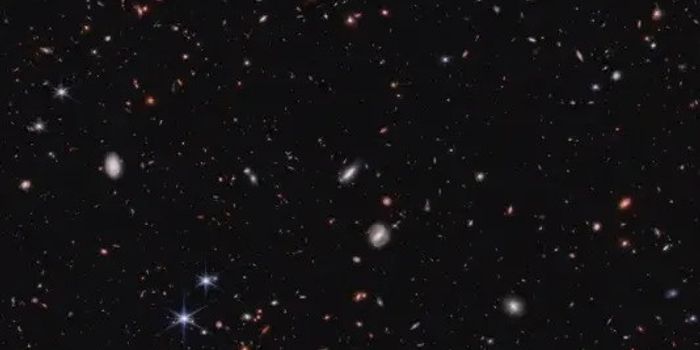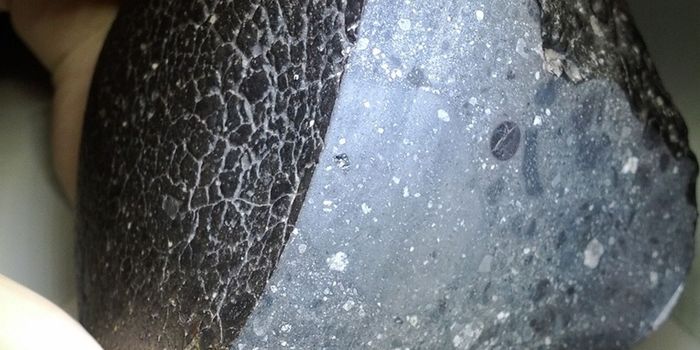Astronomers Develop Novel Technique to Locate Baby Planets
In a recent study published in The Astrophysical Journal Letters, an international team of researchers have created a novel technique to find baby planets within protoplanetary disks, which are rings of gas and dust surrounding newborn stars. This study has the potential to help us better understand solar system formations, and was conducted by researchers from the United States, France, and Italy.
Even though hundreds of protoplanetary disks have been identified throughout the universe, observing the actual birth and formation of a planet has proven tricky within these environments. But now, astronomers at the Center for Astrophysics | Harvard & Smithsonian have created a mew technique to find these evasive newborn planets, and with it, a “smoking gun”—proof of a small Neptune or Saturn-like planet loitering within the disk.
"Directly detecting young planets is very challenging and has so far only been successful in one or two cases," said Dr. Feng Long, a postdoctoral fellow at the Center for Astrophysics, and lead author of the study. "The planets are always too faint for us to see because they're embedded in thick layers of gas and dust."
Due to the difficulty of locating newborn planets within the disk, scientists are forced to search for clues that deduce a planet is forming beneath all the gas and dust.
"In the past few years, we've seen many structures pop up on disks that we think are caused by a planet's presence, but it could be caused by something else, too" said Long. "We need new techniques to look at and support that a planet is there."
For the study, Long re-examined a protoplanetary disk called LkCa 15, which resides 518 light years from Earth, and has provided evidence for planetary formation within the disk based on previous studies using the ALMA Observatory.
Loitering approximately 42 astronomical units from its host star, or 42 times the distance from the Sun to the Earth, Long found a dusty ring two separate and bright clumps of material in orbit around it, which was shaped like a small clump and a larger arc, separated by 120 degrees.
"This arc and clump are separated by about 120 degrees," said Long. "That degree of separation doesn't just happen -- it's important mathematically."
Long also used what are known as Lagrange points, where two orbiting each other allow objects to remain stationary.
The findings demonstrate that the planet in question is approximately the size of Saturn or Neptune, with an age of one to three million years old, which is relatively young in planet terms.
Long aspires to have future astronomers utilize this new technique.
"I do hope this method can be widely adopted in the future," said Long. "The only caveat is that this requires very deep data as the signal is weak."
Sources: The Astrophysical Journal Letters
As always, keep doing science & keep looking up!









